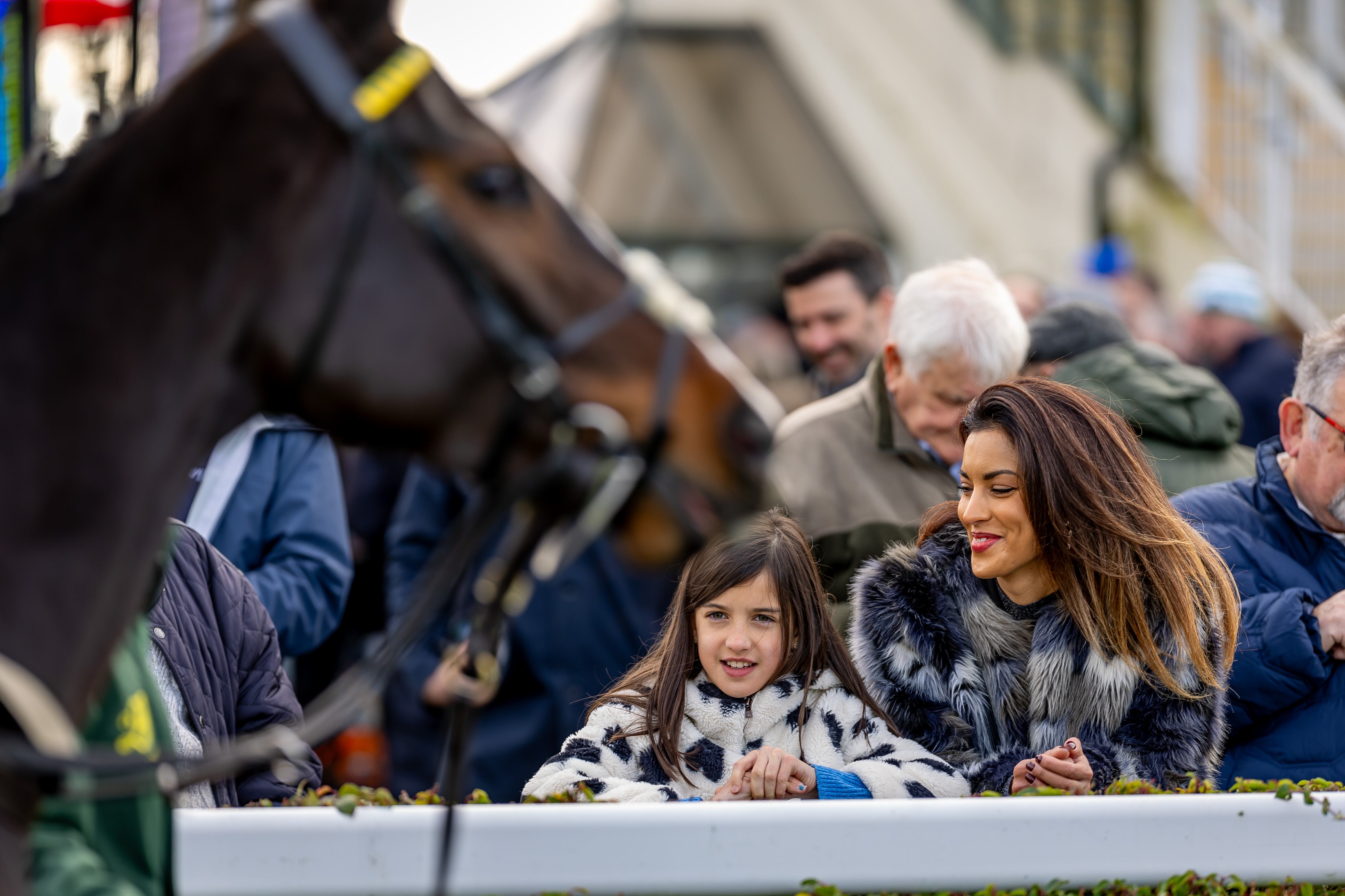The business of horse racing in Ireland is a hard-nosed enterprise where winning and losing is judged on being in front on the bottom line. It has expanded into a €2.5 billion success story, although one accompanied by a certain element of moral hazard when it comes to the animals that underpin the whole show.
Following the high-profile RTÉ Investigates programme, recent appearances in front of Oireachtas committees by Horse Racing Ireland (HRI) and the Irish Horseracing Regulatory Board (IHRB) underlined how systemically deficient the sport is when it comes to lifetime responsibility for thoroughbreds it produces.
That those inadequacies didn’t feature more was because what the programme uncovered in terms of microchipping, traceability, and shocking scenes at the Shannonside abattoir, was primarily a Department of Agriculture Food & Marine (DAFM) controversy rather than to do directly with racing.
It meant the thrust of questioning by both the Public Accounts Committee and the Agriculture Committee was directed at the beleaguered DAFM’s deputy chief veterinary officer Michael Sheahan, who wound up taking the hits while his racing colleagues huddled behind him.
READ MORE
The fact that HRI and the IHRB were before the committees at all, though, testifies to how big a reputational stake racing and bloodstock has in this. And when committee members did briefly zero in it was far from reassuring to hear just how limited the sport’s reach is when it comes to supervision and responsibility.
The IHRB’s chief executive Darragh O’Loughlin pointed out how the regulator’s welfare role basically extends no further than when horses are registered in training. When HRI was quizzed about steps it could have taken to prevent such disturbing evidence of abuse and fraud uncovered by RTÉ it pointed to the Department and essentially said talk to them.
The State does have ultimate responsibility for animal welfare. But the optics of HRI getting pitched questions about obligations towards the thousands of animals bred annually by the industry it oversees, and having to admit much of their role involves little more than trying to persuade owners to do right by their horses, was anything but convincing.
Many within racing argue privately that ambitions towards lifetime traceability of the horses produced for the sport are hugely ambitious. The numbers alone are massive. Only the US and Australia breed more thoroughbreds than Ireland. Many of them are exported out of the jurisdiction. Even if they stay in Ireland, they can change ownership any number of times.
But suggesting it is someone else’s problem is an unsustainable position for racing to adopt. Pointing out how the overwhelming majority of racehorses are treated properly and professionally doesn’t exempt the sport when standards aren’t met, and animals slide through the cracks. All efforts must be made, and be seen to be made, to fill those gaps.
An industry structure that essentially relies on every owner living up to their responsibilities after a horse’s racing usefulness is over won’t cut it anymore. Inevitably some will not do that. Over 1,400 thoroughbreds went through the Straffan abattoir in 2023. Over 600 more had reportedly been slaughtered there this year prior to the operations being suspended.
The reasons will be varied but mostly boil down to making a last few hundred quid out of a horse rather than spending the same sum to try to do the job of ending its life properly. That is in familiar surroundings where a grim task can be made as free from stress as possible and only if other avenues have been exhausted.
As the visceral public reaction to the pictures from Straffan indicated, failure to live up to such a standard is increasingly unacceptable. Horses are viewed differently from livestock. It may be a debatable point from a strict animal welfare point of view but getting into such a debate effectively means losing it from the get-go.
How many welfare controversies will occur before public sentiment turns against annual State funding of a sector producing such a rate of what Australians unceremoniously call ‘wastage’?
Racing as an entity knows this and yet effectively continues to operate on a basis of doing business where the buck ultimately stops with individual owners. Producing thousands of animals per year, while simultaneously spouting hard-nosed theories of private property and private responsibility is an each-way approach that ultimately can’t pay off.
Public opinion won’t stand for such a laissez-faire outlook when it comes to horse welfare. Any sector with any degree of foresight that’s involved in as fragile a social contract as animal sports must realise its interests are tied up in investing heavily to reassure people that right is being done.
It doesn’t mean corporate jargon and fluffy social media clips but proper systemic backing in building a welfare safety net that ensures a few hundred quid is no barrier to a thoroughbred, whatever its age or circumstances, getting a dignified death, and only after every other avenue has been explored. Failure to do so is a risky gamble that will ultimately hit racing’s bottom line.
Something for the Weekend
As a half-brother to the Gold Cup winner Courage Mon Ami, the distance of Friday’s Listed Gala Stakes at Sandown may not be optimum for LION’S PRIDE (4.15.) However, he is progressive and should relish the stiff final climb.
A busy weekend programme in Ireland includes DEMOCRACY (5.05) lining up in a Naas conditions event on Saturday. An official 93 rating might flatter, but he had anything but a clear run on his last start at Fairyhouse and the winner, Booyea, has franked the form.

















